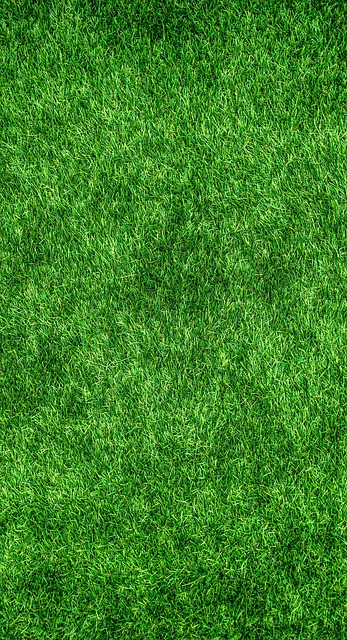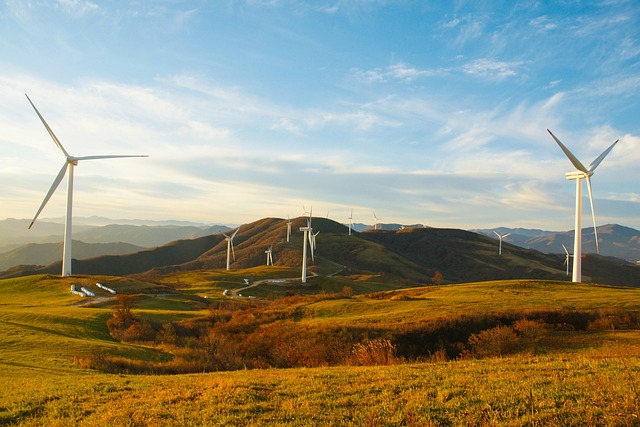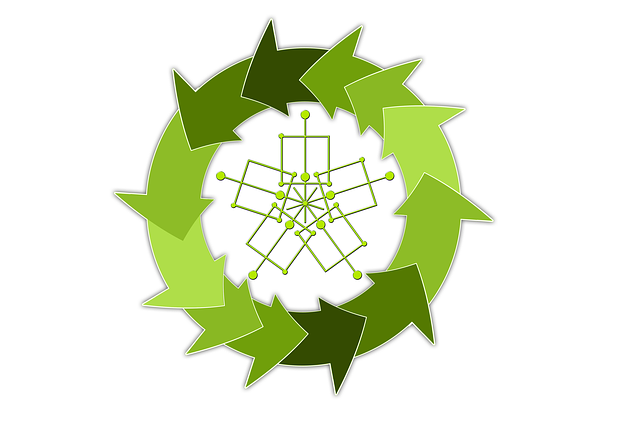The real estate industry is shifting towards low-maintenance design concepts driven by cost-conscious buyers and environmental sustainability concerns. Developers are integrating intelligent features like smart thermostats, efficient appliances, well-insulated exteriors, and high-performance windows to reduce utility bills and environmental impact. Interior trends emphasize durable materials such as hardwood floors and stone countertops, while open floor plans and home automation systems enhance efficiency for busy lifestyles. This trend caters to both homebuyers and renters seeking sustainable properties with lower maintenance costs, reducing repair needs through strategic design elements like energy-efficient insulation, water-resistant membranes, and smart home technology.
In today’s fast-paced world, real estate stakeholders are increasingly focusing on sustainable and low-maintenance design trends. This shift is not just about aesthetics; it’s a strategic move to reduce operational costs and minimize environmental impact. This article explores the rising demand for spaces that require less upkeep, delving into key design elements, environmental benefits, and long-term financial advantages. Discover how innovative real estate practices can create properties that are both economical and eco-friendly, setting new standards in the industry.
Trends in Low-Maintenance Real Estate Design

The real estate industry is witnessing a significant shift towards low-maintenance design concepts, driven by both cost-conscious buyers and an increasing awareness of environmental sustainability. This trend is particularly prominent in new construction projects, where developers are incorporating intelligent features to reduce ongoing expenses for homeowners. Modern low-maintenance homes often prioritize energy efficiency, with smart thermostats and energy-efficient appliances, alongside well-insulated exteriors and high-performance windows. These measures not only lower utility bills but also contribute to a smaller environmental footprint.
Interior design plays a crucial role as well, with trends focusing on durable and easy-to-maintain materials like hardwood floors, stone countertops, and low-maintenance landscaping outside. Open floor plans and integrated home automation systems further enhance efficiency, allowing for centralized control of lighting, security, and climate. These designs cater to today’s busy lifestyles, reducing the time spent on upkeep and maintenance, making them appealing choices in the competitive real estate market.
– Exploring the growing demand for low-maintenance spaces

In today’s fast-paced world, where time is a premium, the demand for low-maintenance spaces is on the rise, especially in the realm of real estate. Homebuyers and renters alike are increasingly seeking properties that require less upkeep, aligning with their busy lifestyles and growing preference for sustainability. This trend is not just about saving time; it’s also driven by a desire to reduce environmental impact and associated costs.
The concept of low-maintenance living translates into various aspects of real estate, from lush, yet easy-care gardens to energy-efficient homes. As folks embrace a more eco-conscious lifestyle, developers are responding with innovative designs that offer both comfort and convenience while minimising the carbon footprint. This shift not only benefits individuals but also contributes to a broader goal of creating more sustainable communities.
– Key design elements and materials that contribute to reduced upkeep

In the realm of real estate, key design elements and materials play a pivotal role in reducing maintenance costs and minimizing environmental footprints. One of the primary contributors is the use of durable and low-maintenance exterior finishes such as energy-efficient insulation, water-resistant membranes, and weather-resistant cladding. These materials not only stand up to harsh weather conditions but also reduce the need for frequent repairs and replacements.
Additionally, efficient plumbing and electrical systems, coupled with smart home technology, significantly lower maintenance overhead. Smart thermostats, for instance, can optimize energy usage, while water-saving fixtures and appliances reduce utility bills and environmental impact. These design choices not only contribute to long-term cost savings but also appeal to eco-conscious buyers, further enhancing the property’s value in today’s market.






